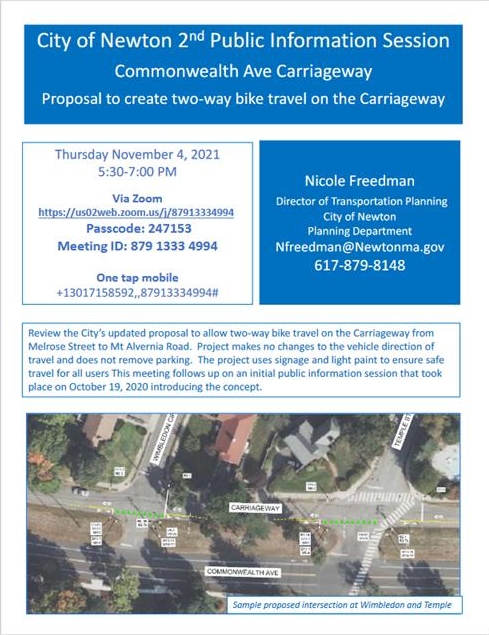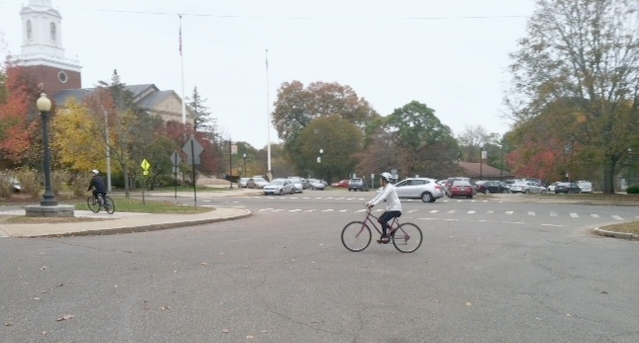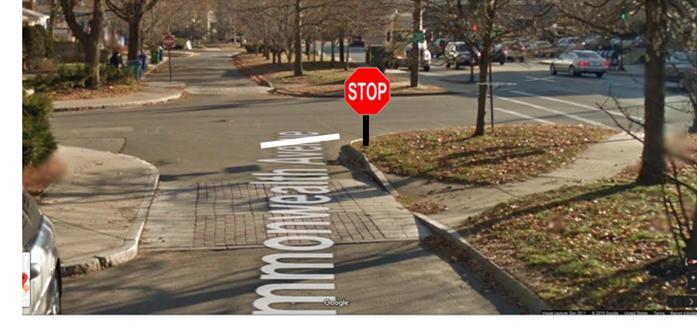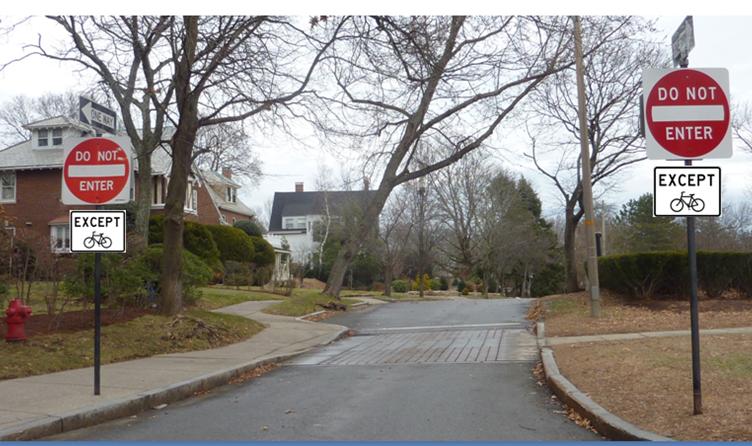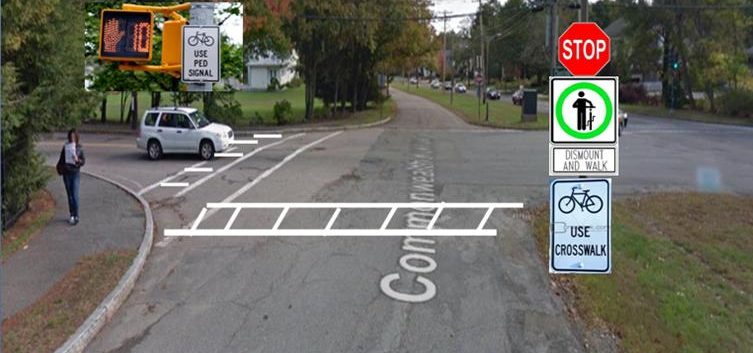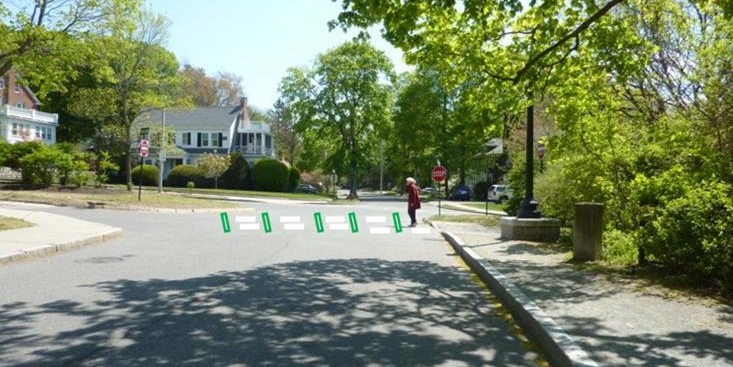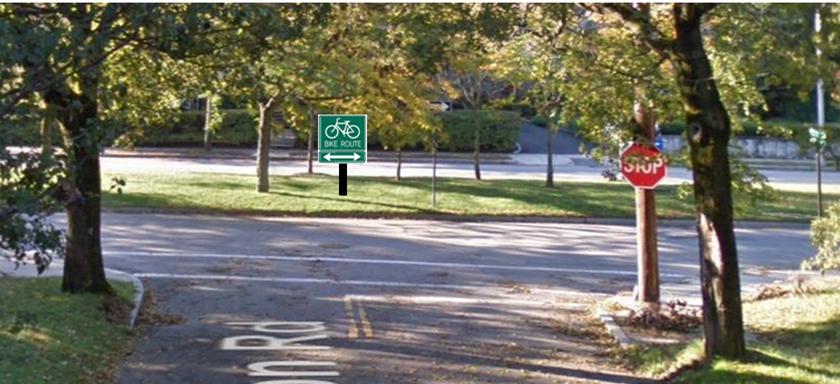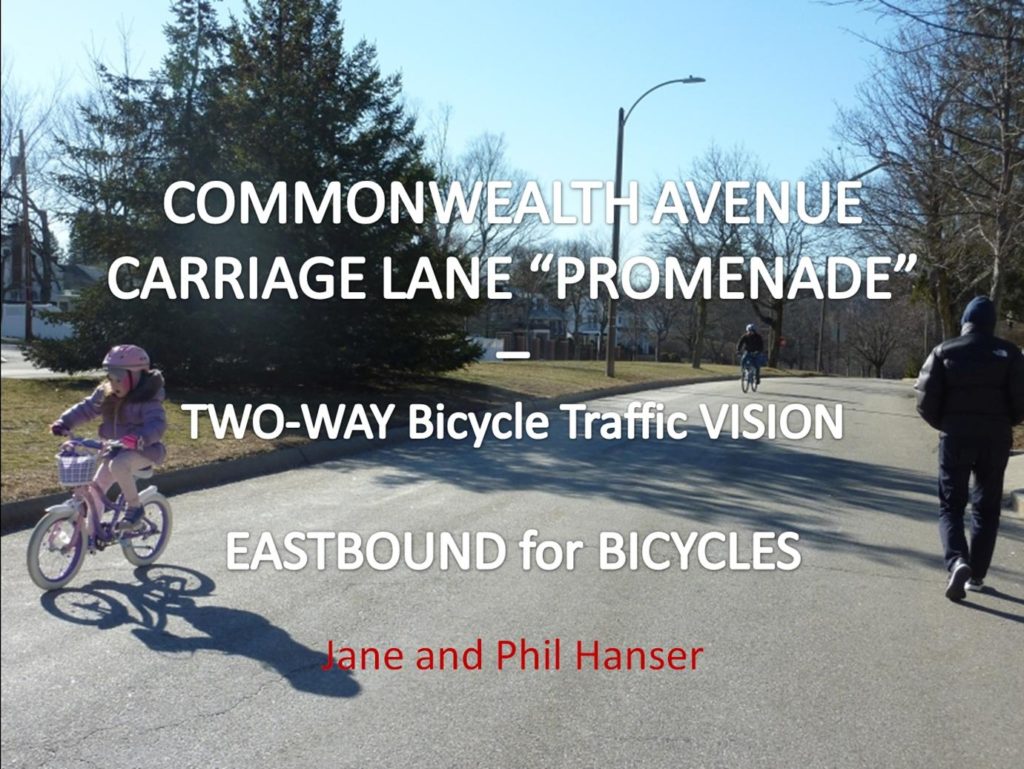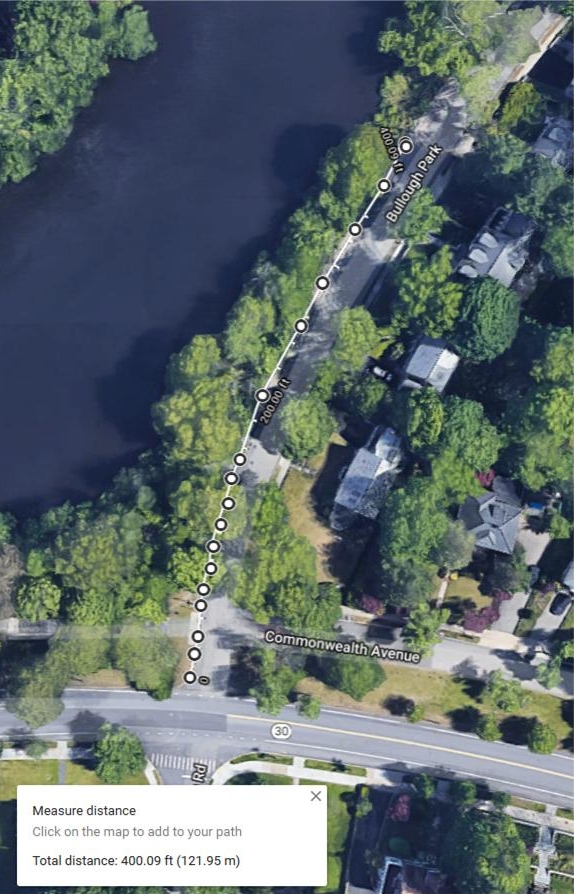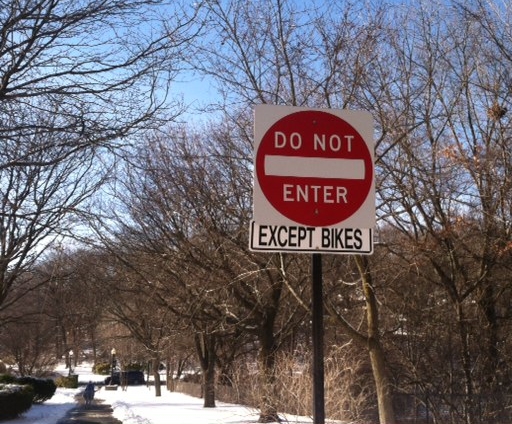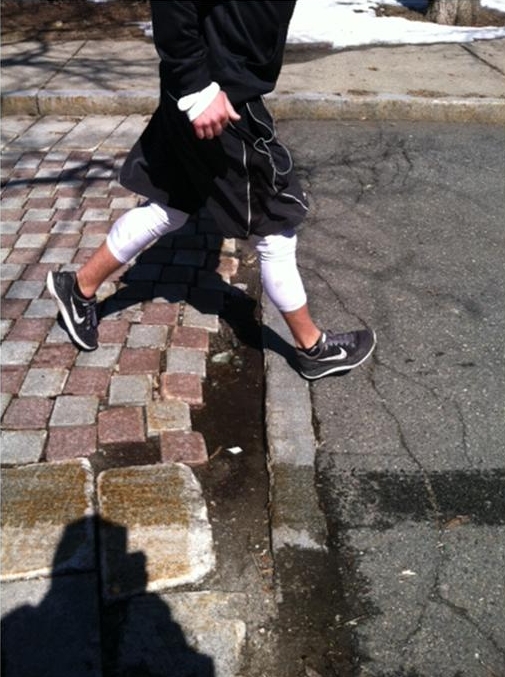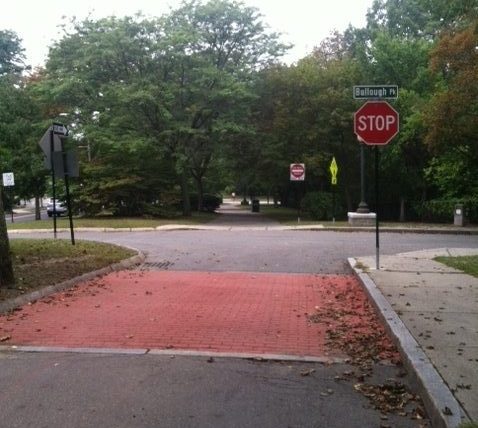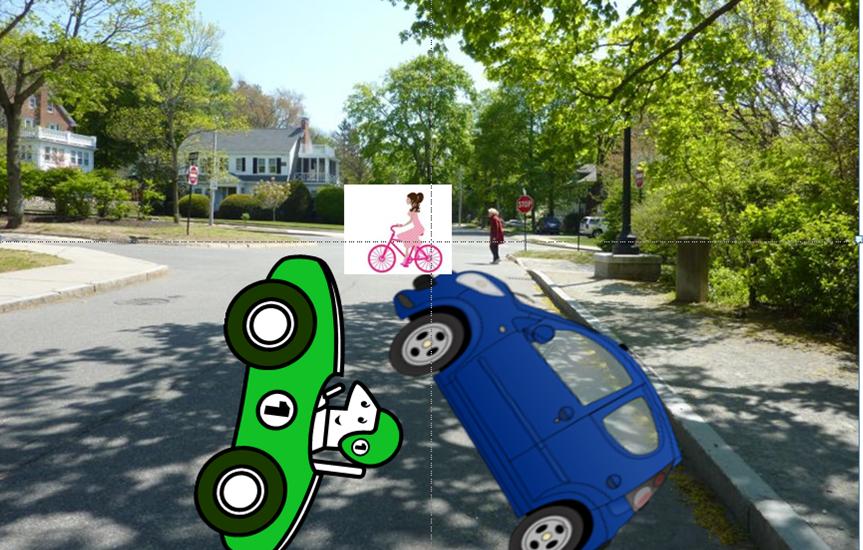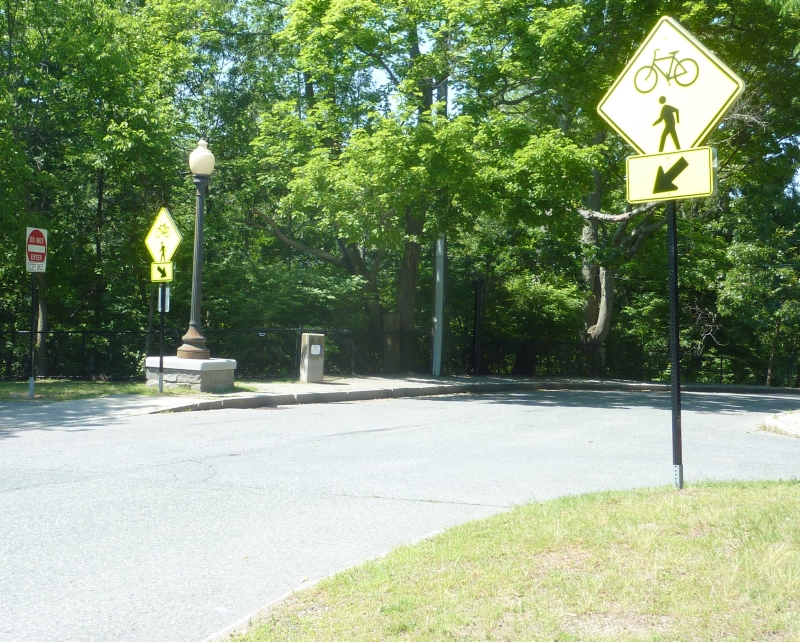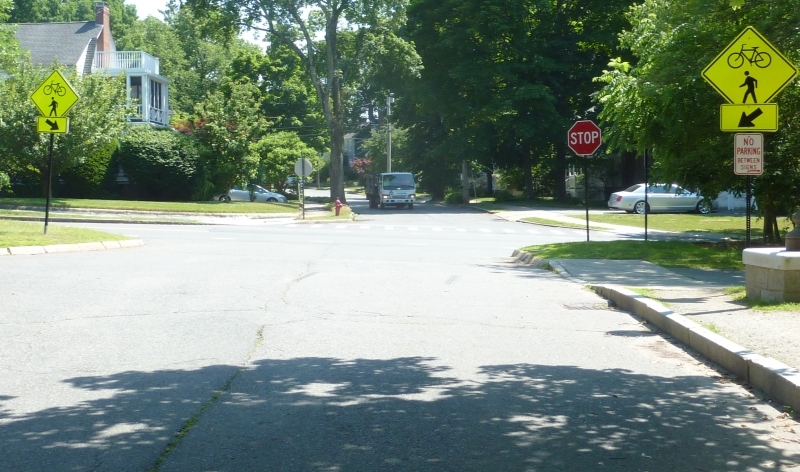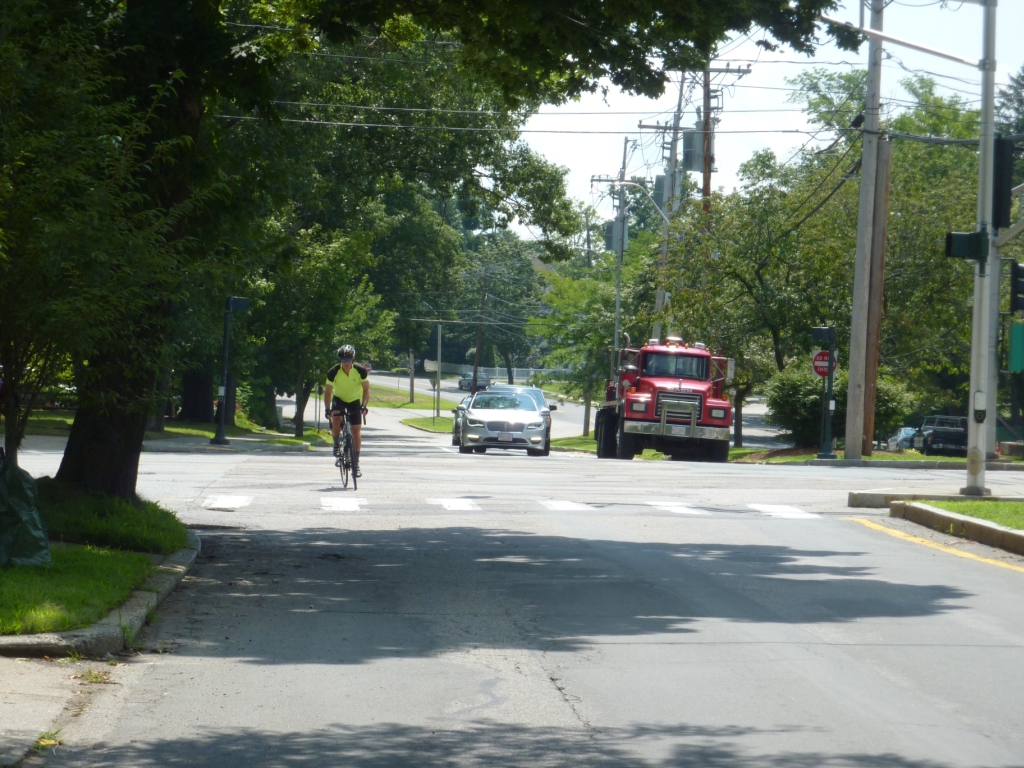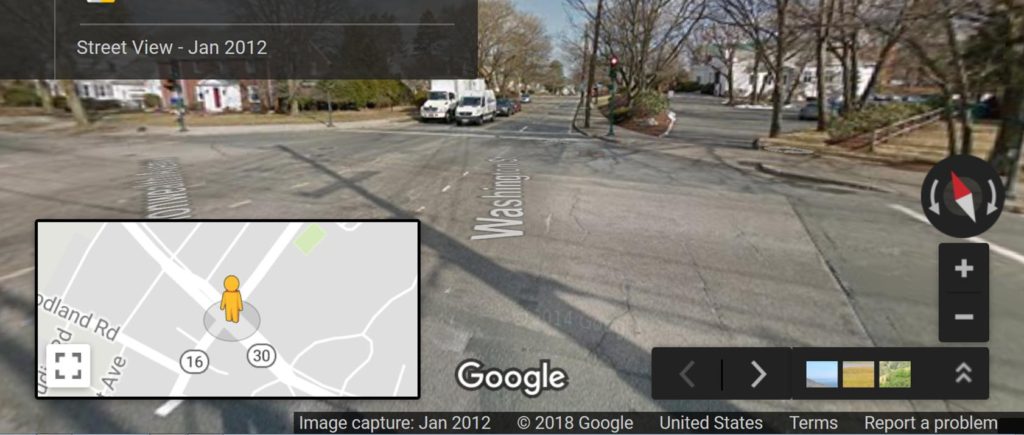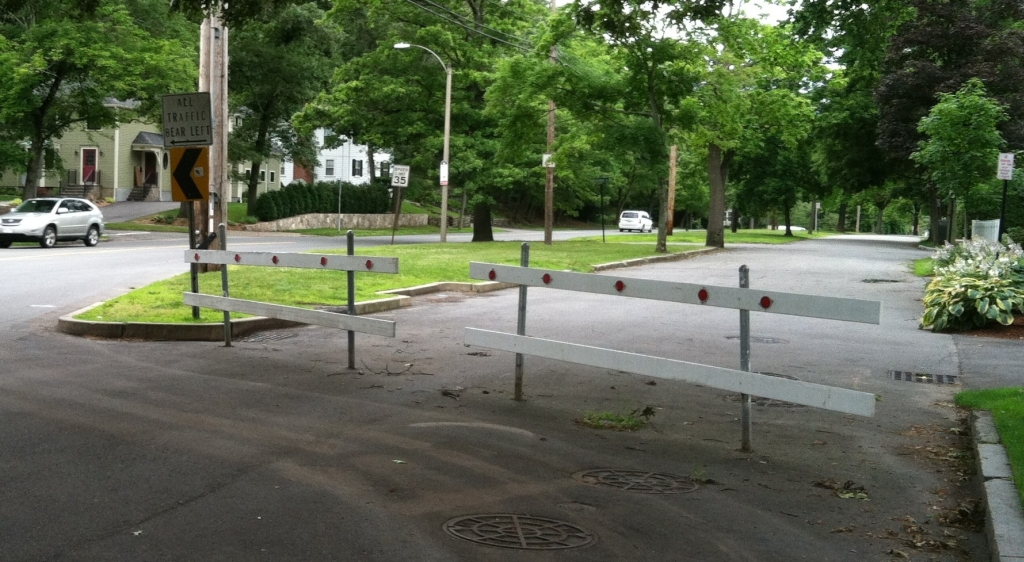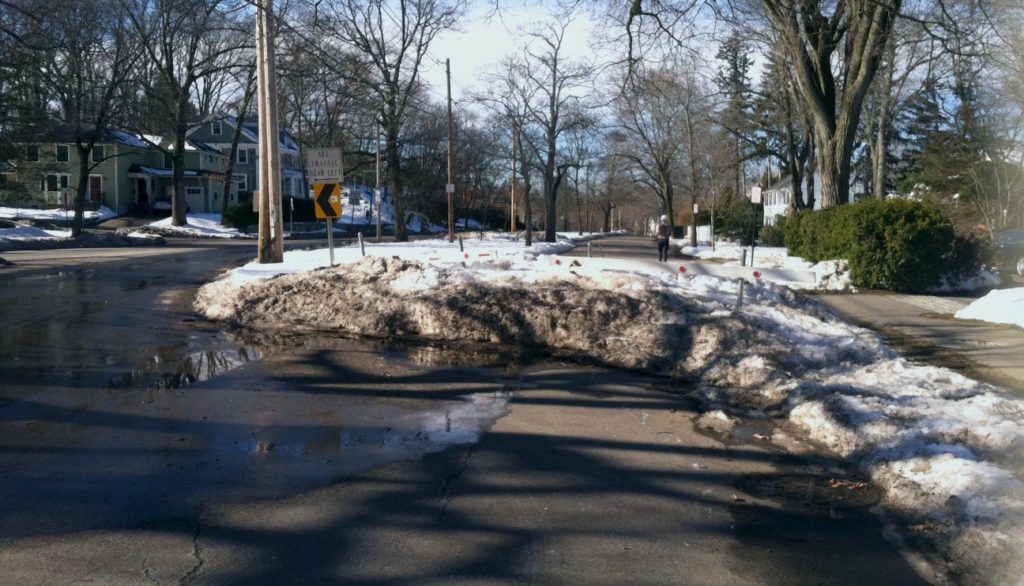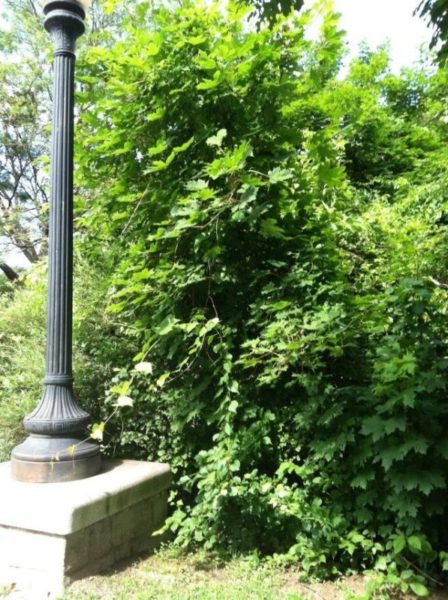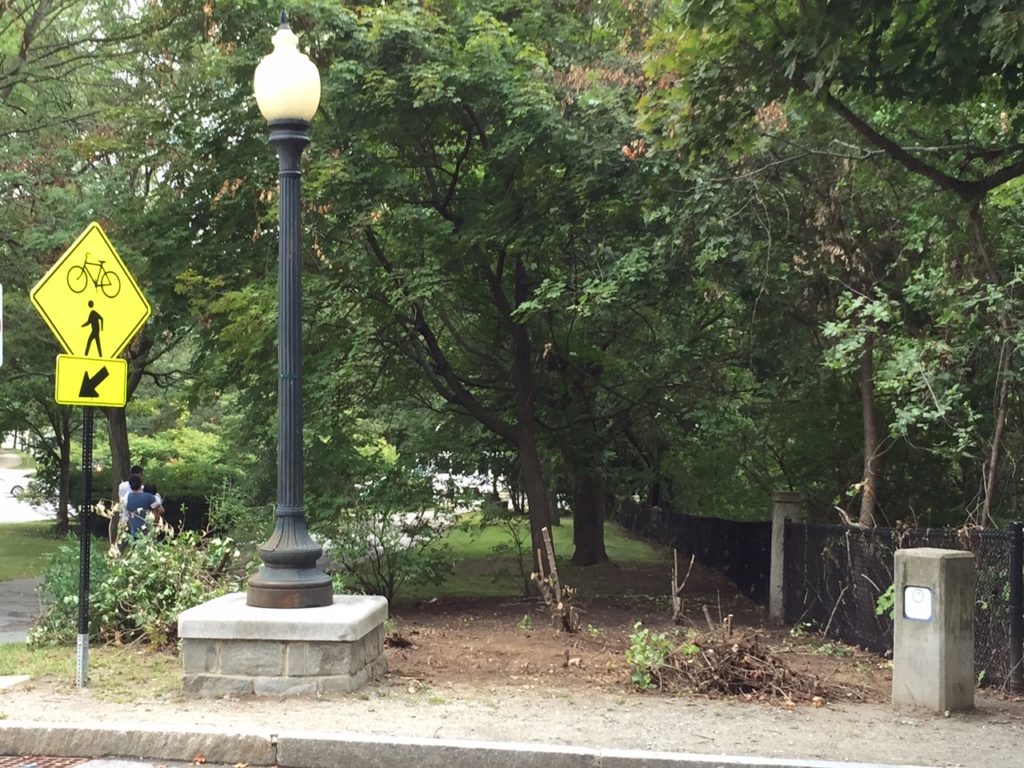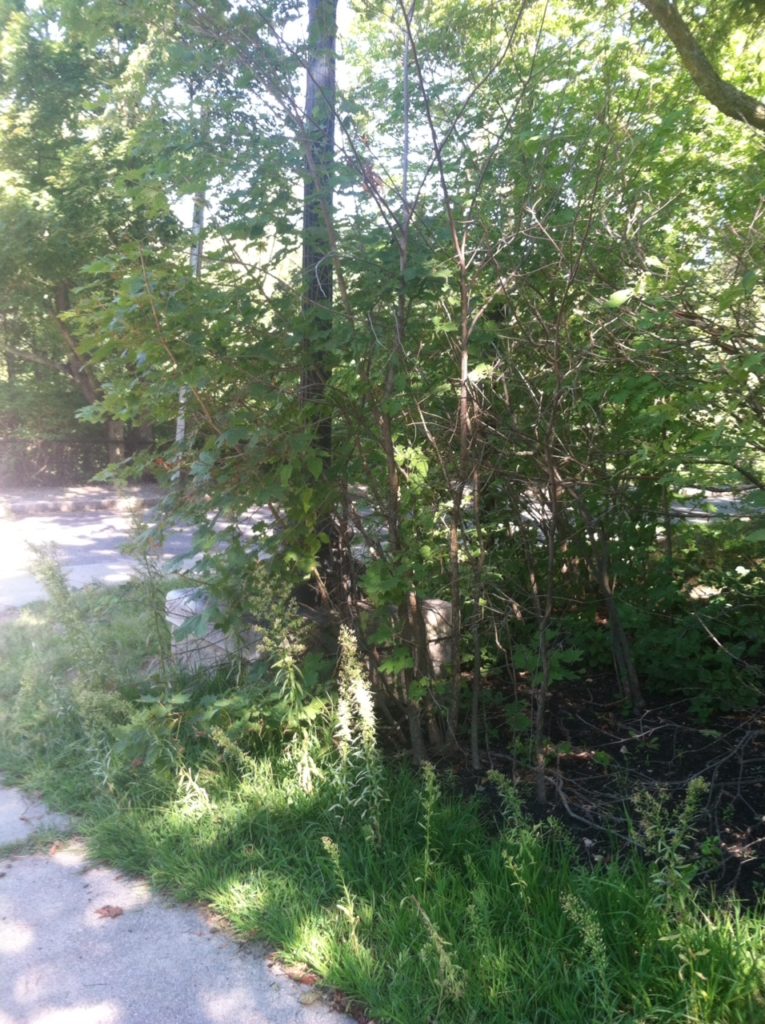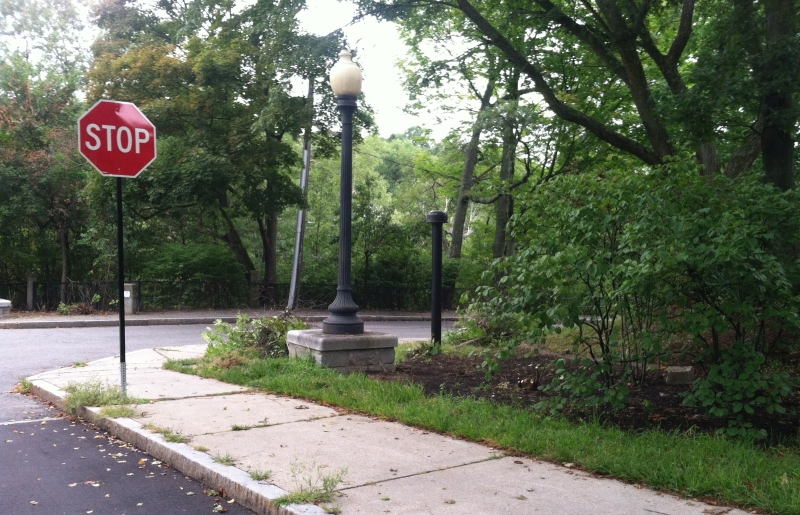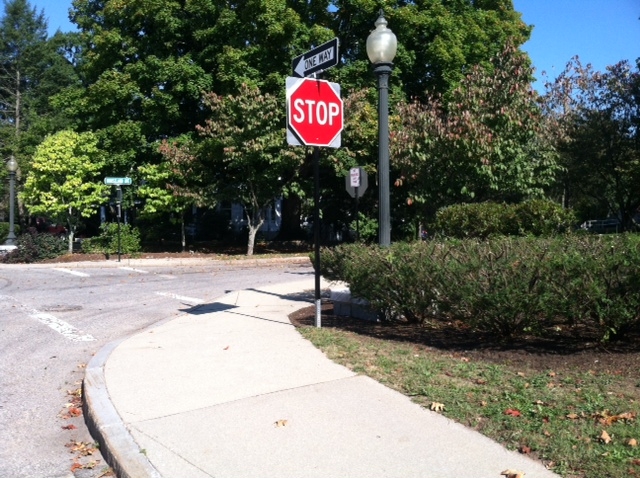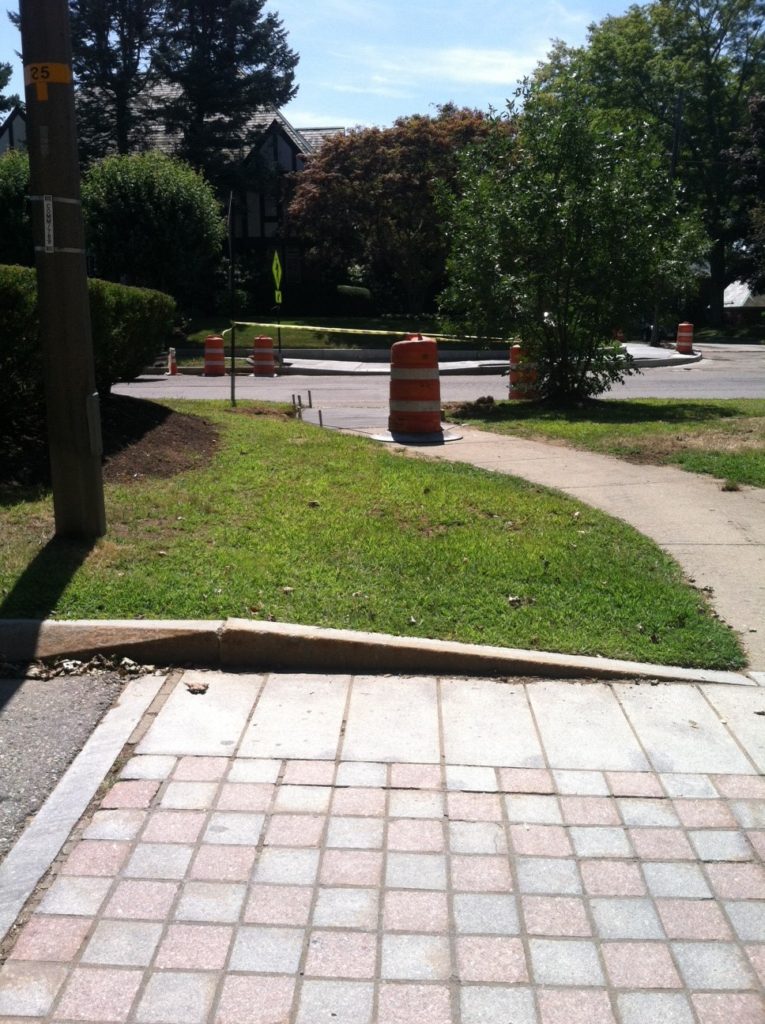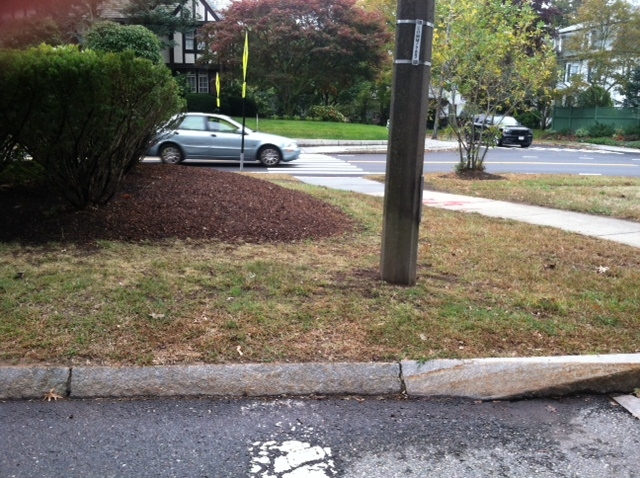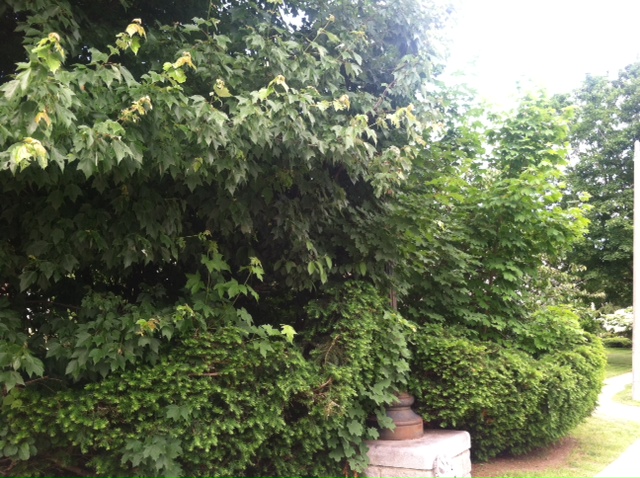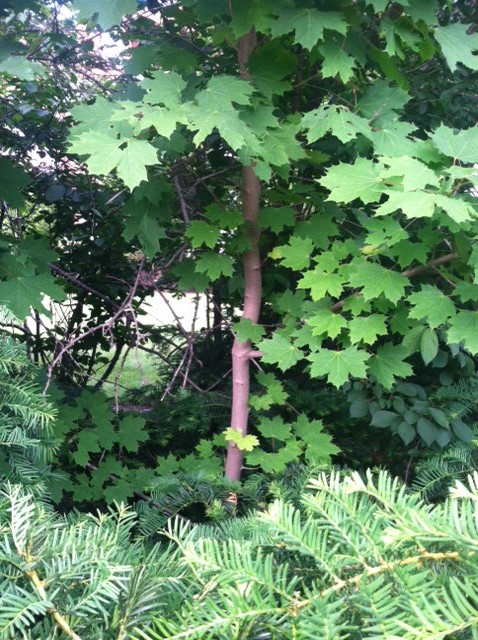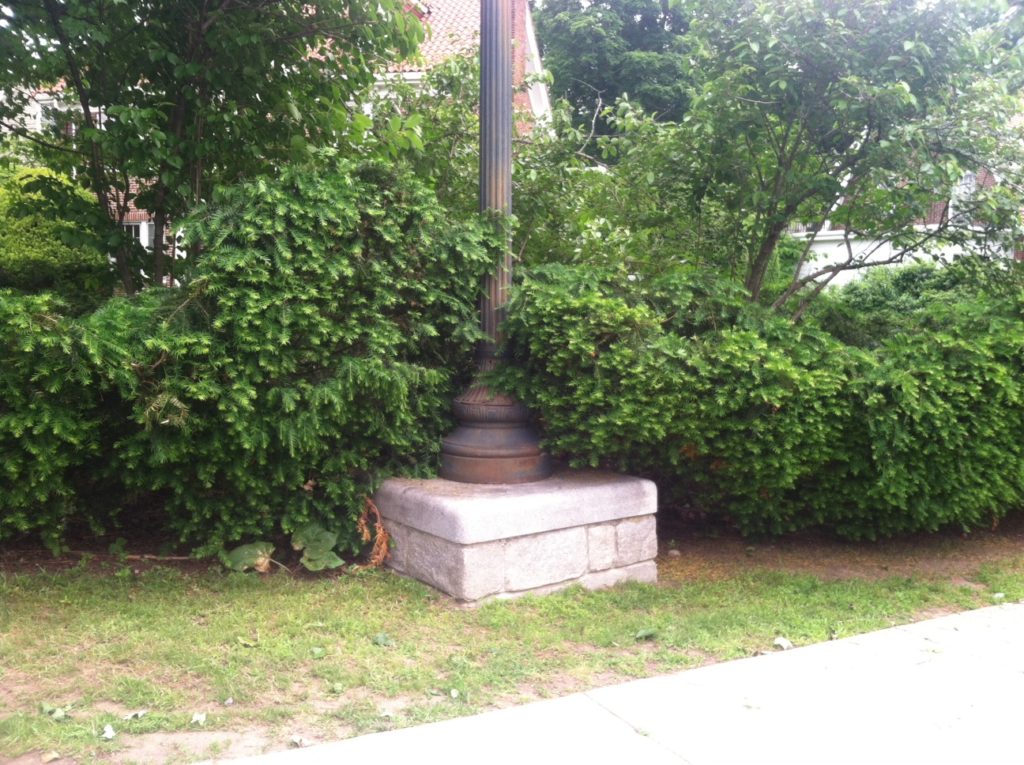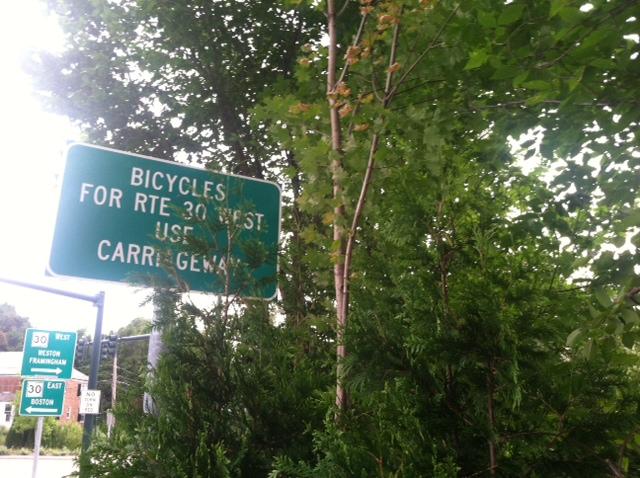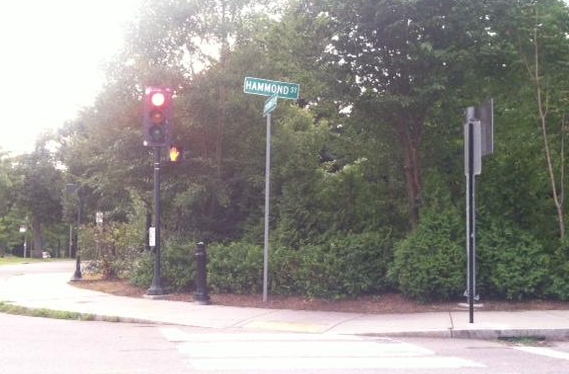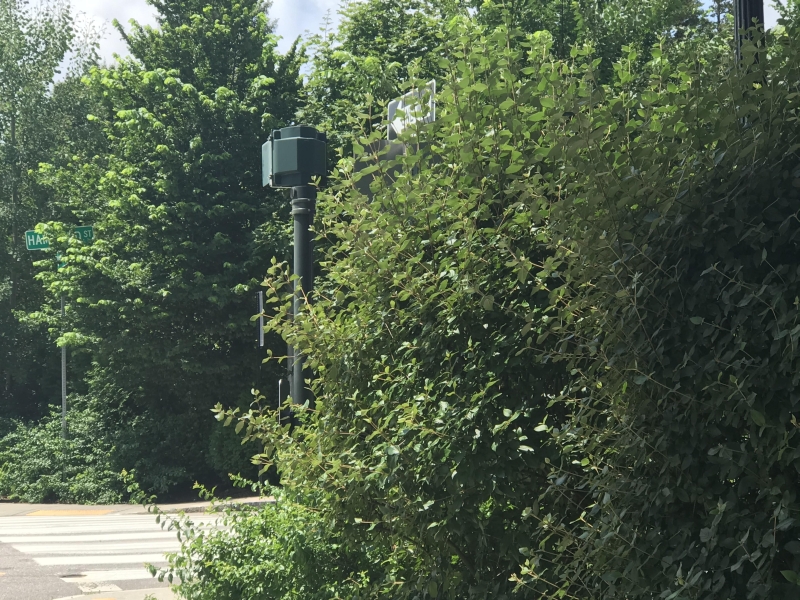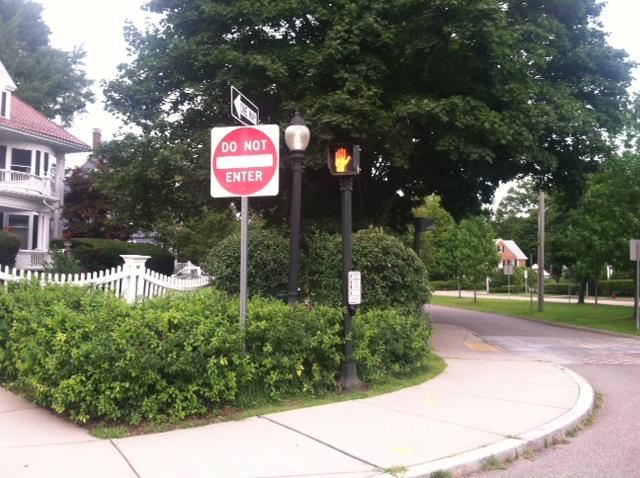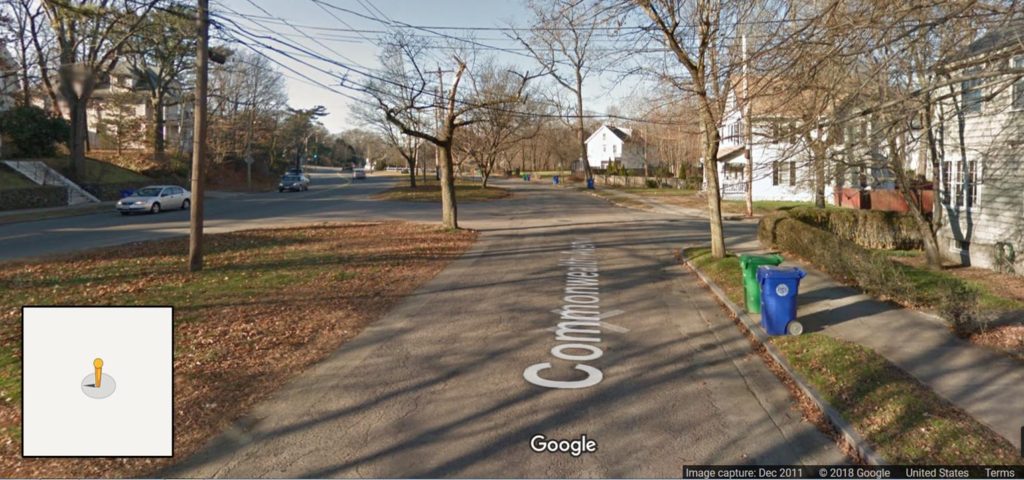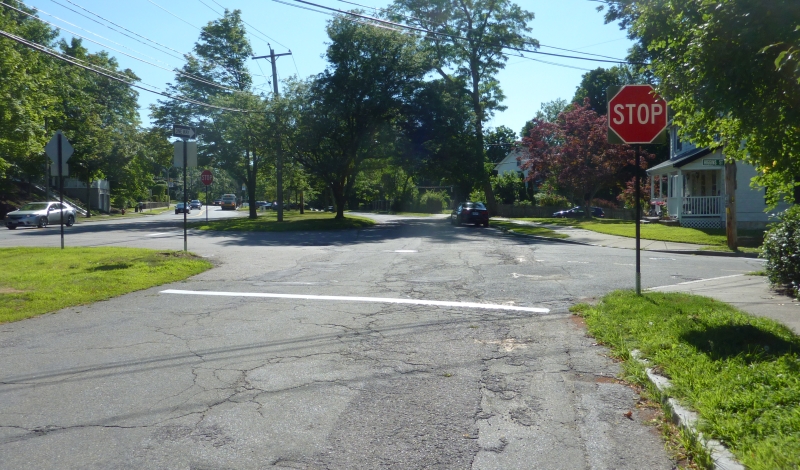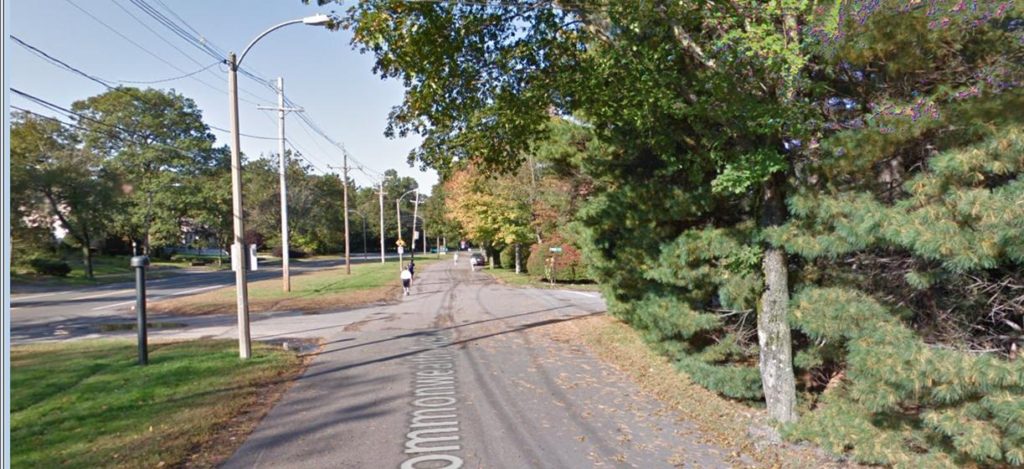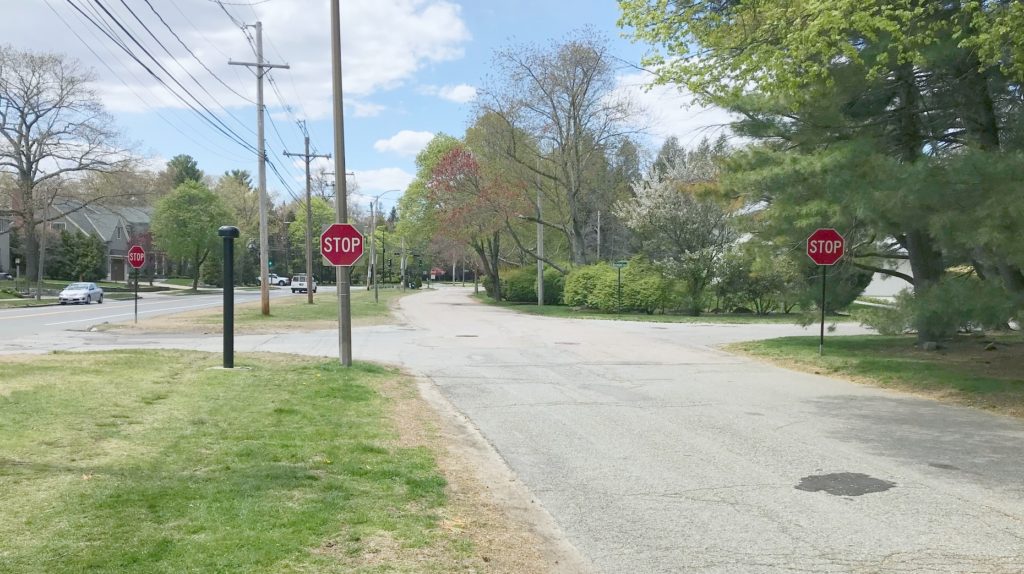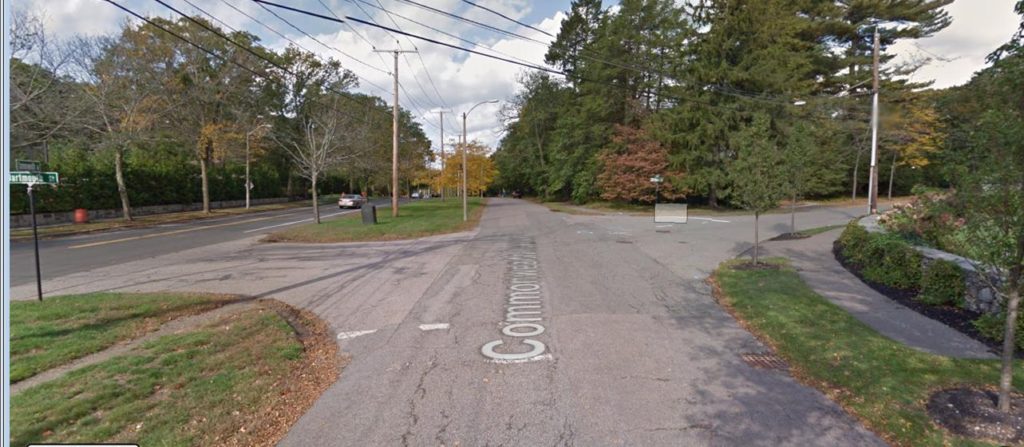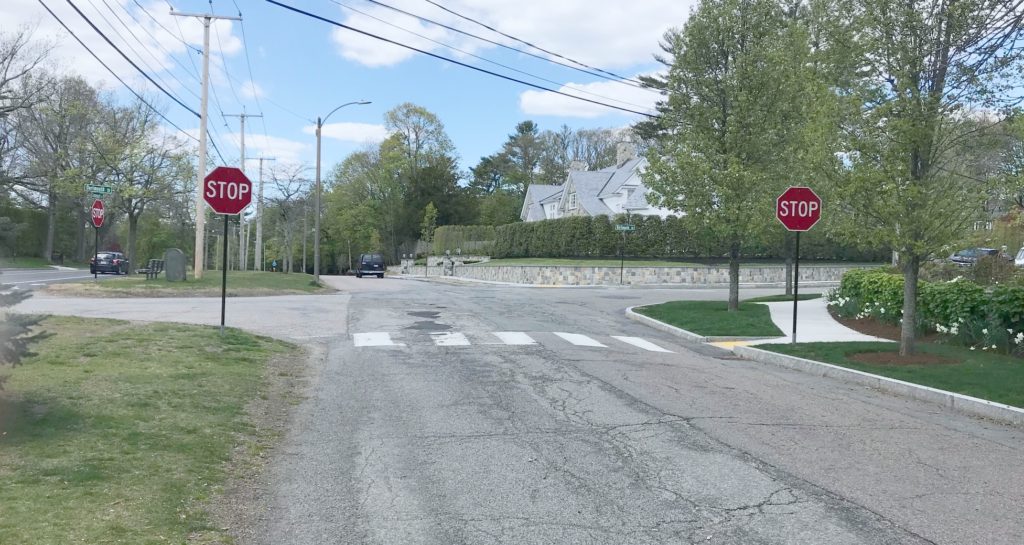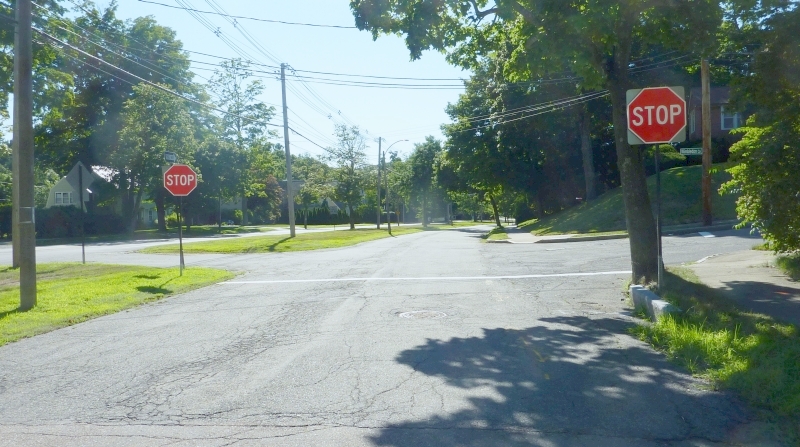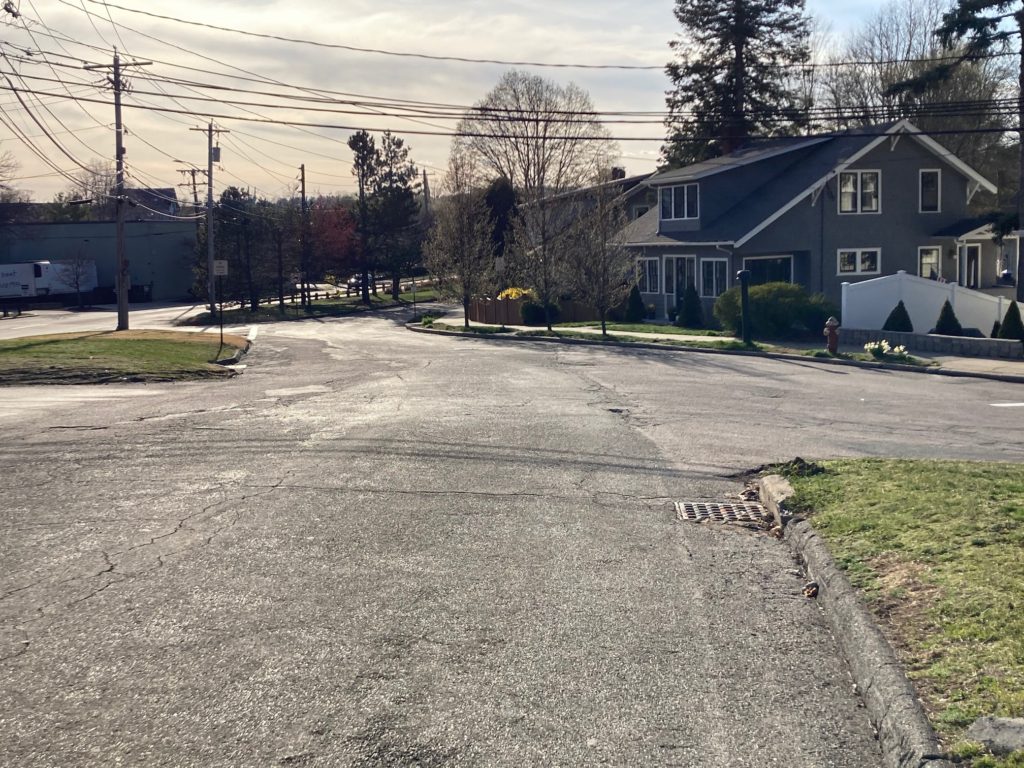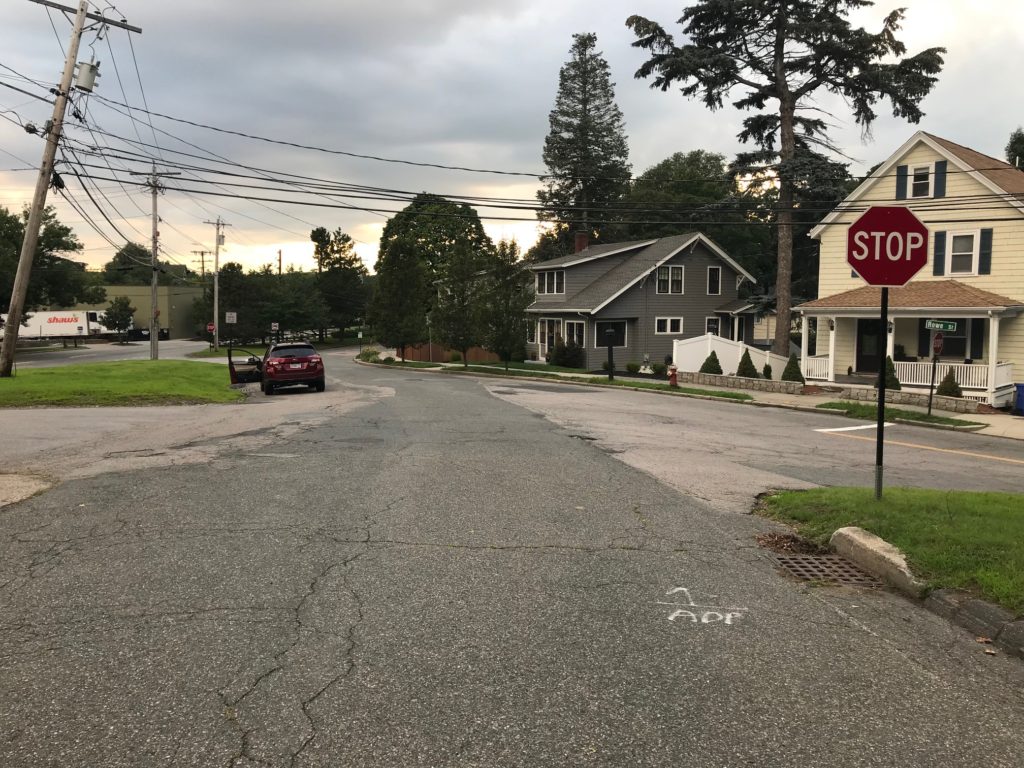There are several landmark projects occurring in the City of Newton. One is called the “Commonwealth Avenue Carriageway Redesign” project. It is not to be confused with the “Commonwealth Avenue Two-way for Bicycles.” Information about the “Commonwealth Avenue Carriageway Redesign” can be found : here: Commonwealth Avenue Carriageway Redesign. It’s fully funded through MassDOT’s Bicycle and Pedestrian Program, and construction is supposed to begin in 2023.
TC112-50 Passes Traffic Council
TC112-50, which requested action to allow legal two-way bicycle travel on the Commonwealth Avenue Carriage Lane between Woodbine Street and Mt. Alvernia Road, passed last night, Thursday March 17, 2020. Support among the five members of Traffic Council was unanimous. The mandatory 20-day appeal period, ending April 6, came and went with no appeals. This project is also known as Commonwealth Avenue Carriageway – 2-way Bike Travel.
The measure was co-docketed by Councilors Andreae Downs, Jake Auchincloss, Alicia Bowman, Andrea Kelley, Mark Laredo, Marty Markiewitz, Emily Norton, Pam Wright, Vicky Danberg, Josh Krintzman, Maria Scibelli Greenberg, and Rick Lipof.
Impact of This Historic Vote
This historic vote will have far-reaching impact. It will positively impact bicycle and pedestrian safety. It will help Newton reach its Climate Action goals. It will:
- help fulfill Frederick Law Olmstead’s goal of a linear park along Commonwealth Avenue “to which people may easily go when the day’s work is done, and where they may stroll for an hour, seeing, hearing, and feeling nothing of the bustle and jar of the streets where they shall, in effect, find the city put far away.. “;
- support the Safe Routes to School (SRTS) Task Force’s mission of providing safe routes for school children to get to and from school;
- make life more pleasant for all who walk, run, or bicycle along the Carriage Road, whether eastbound or westbound;
- help fulfill the Carriage Road’s potential as the unique resource that it is.
The five voting members of Traffic Council were Newton Transportation Coordinator David Koses; City Councilor Alicia Bowman; representing the Police Dept, Sgt. Wade; citizen representative Jeremy Freudberg; and from Newton’s Dept. of Public Works, Transportation Engineer Isaac Prizant.
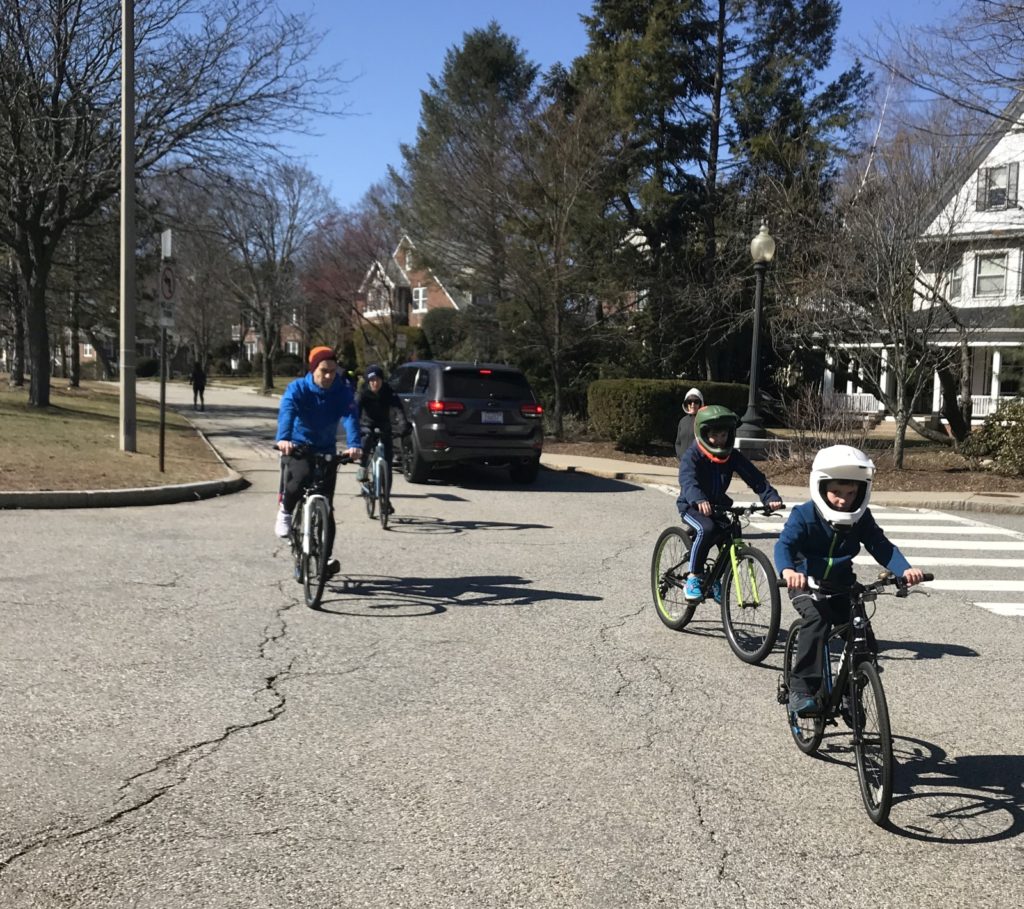
Newton residents and community leaders Scott Oran, James Purdy from the Newton Citizens’ Commission on Energy, Jenn Martin from SRTS, and Jerry Reilly from Village14 and Newton Nomadic Theater all spoke eloquently to support passage of this motion. I am grateful to each.
With the 20-day appeal period now in the past, with no appeals, the City will begin making the street signs, such as the smaller STOP signs for the bicyclists heading east.
Thanks go out to all who played a part in this momentous vote.
Jane Hanser

